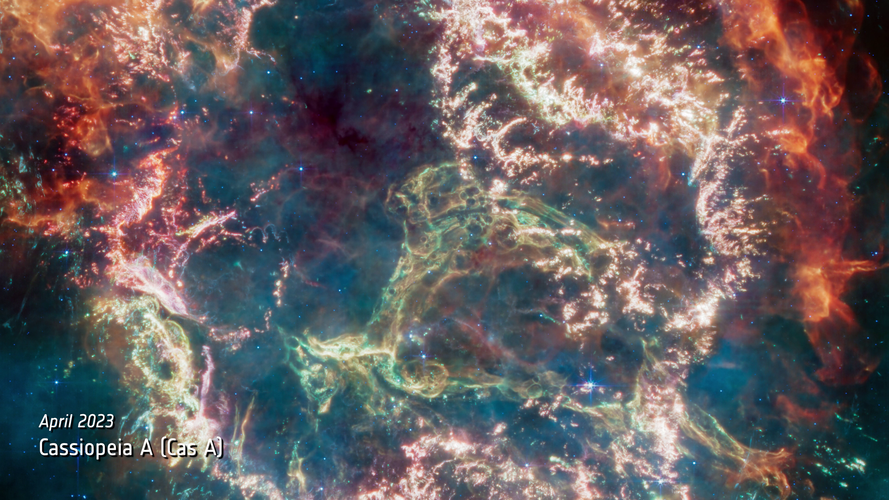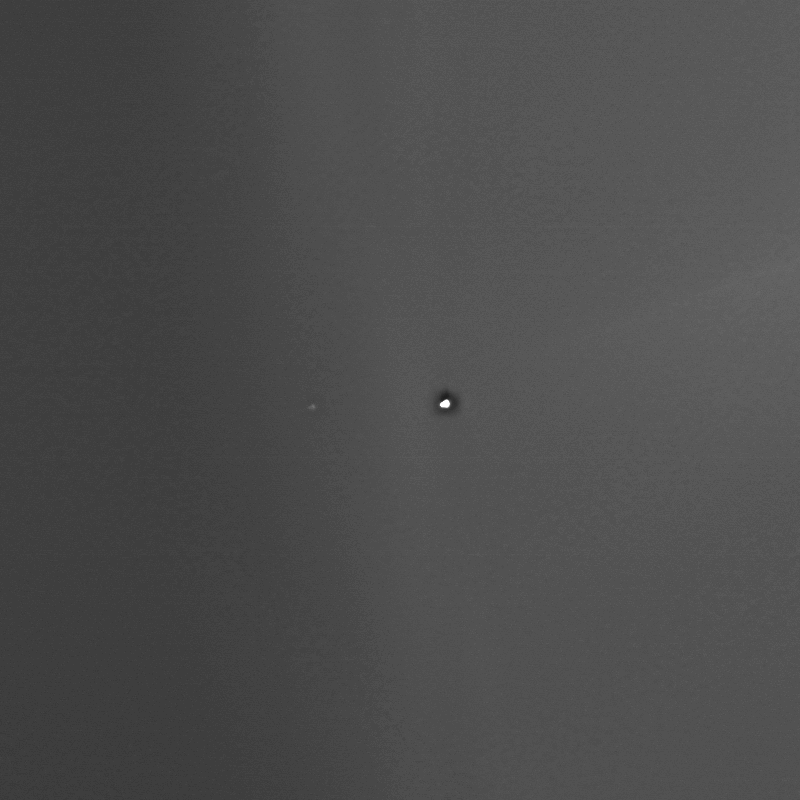
Copernical Team
China launches new satellite to test satellite internet technologies
 China on Sunday sent a new test satellite into space from the Jiuquan Satellite Launch Center in northwest China.
The satellite was launched by a Long March-2C carrier rocket at 7:00 p.m. (Beijing Time) and entered the planned orbit.
It will carry out test missions for satellite internet technologies.
The launch was the 478th flight mission of the Long March carrier rocket seri
China on Sunday sent a new test satellite into space from the Jiuquan Satellite Launch Center in northwest China.
The satellite was launched by a Long March-2C carrier rocket at 7:00 p.m. (Beijing Time) and entered the planned orbit.
It will carry out test missions for satellite internet technologies.
The launch was the 478th flight mission of the Long March carrier rocket seri India shoots for the moon with latest rocket launch
 India on Friday launches its latest attempt at an unmanned moon landing, the next frontier of a burgeoning, cut-price aerospace programme rapidly closing in on the milestones set by global superpowers.
If successful, the mission would make the world's most populous nation only the fourth country after Russia, the United States and China to achieve a controlled landing on the lunar surface.
India on Friday launches its latest attempt at an unmanned moon landing, the next frontier of a burgeoning, cut-price aerospace programme rapidly closing in on the milestones set by global superpowers.
If successful, the mission would make the world's most populous nation only the fourth country after Russia, the United States and China to achieve a controlled landing on the lunar surface. Webb’s first year in images
 Video:
00:03:03
Video:
00:03:03
Webb is celebrating the completion of its first year of science operations. Let’s look back on the observatory’s first year in images!
Webb celebrates first year of science with close-up on the birth of Sun-like stars

From our cosmic backyard in the Solar System to distant galaxies near the dawn of time, the NASA/ESA/CSA James Webb Space Telescope has delivered on its promise of revealing the Universe like never before in its first year of science operations. To celebrate the completion of a successful first year, a new Webb image has been released of a small star-forming region in the Rho Ophiuchi cloud complex. While the region is relatively quiet, its proximity at 390 light-years makes for a highly detailed close-up, with no foreground stars in the intervening space.
New 3D Visualization Highlights 5,000 Galaxies Revealed by Webb
 This video, a scientific visualization of the galaxies captured as a part of the CEERS (Cosmic Evolution Early Release Science) Survey, showcases a large undertaking by NASA's James Webb Space Telescope. It flies by thousands of galaxies, starting with those nearby and ending with less-developed galaxies in the very distant universe, including one never seen before Webb.
The area highlight
This video, a scientific visualization of the galaxies captured as a part of the CEERS (Cosmic Evolution Early Release Science) Survey, showcases a large undertaking by NASA's James Webb Space Telescope. It flies by thousands of galaxies, starting with those nearby and ending with less-developed galaxies in the very distant universe, including one never seen before Webb.
The area highlight Exploring dark matter and the first bright galaxies simultaneously: 21-cm forest probe may unlock secrets of early universe
 The mystery of the first galaxies of the universe is an indomitable urge of human beings. The formation of them is mastered by the nature of dark matter which is also one of the most important problems faced by fundamental physics. However, understanding the nature of dark matter-for example, whether it is cold or warm-and its subsequent effect on the first galaxy formation is a huge challenge.
The mystery of the first galaxies of the universe is an indomitable urge of human beings. The formation of them is mastered by the nature of dark matter which is also one of the most important problems faced by fundamental physics. However, understanding the nature of dark matter-for example, whether it is cold or warm-and its subsequent effect on the first galaxy formation is a huge challenge. Reinventing cosmology: uOttawa research puts age of universe at 26.7 - not 13.7 - billion years
 Our universe could be twice as old as current estimates, according to a new study that challenges the dominant cosmological model and sheds new light on the so-called "impossible early galaxy problem."
"Our newly-devised model stretches the galaxy formation time by a several billion years, making the universe 26.7 billion years old, and not 13.7 as previously estimated," says author Rajend
Our universe could be twice as old as current estimates, according to a new study that challenges the dominant cosmological model and sheds new light on the so-called "impossible early galaxy problem."
"Our newly-devised model stretches the galaxy formation time by a several billion years, making the universe 26.7 billion years old, and not 13.7 as previously estimated," says author Rajend Sols 3882-3884: Weekend Routine for a Red Rover
 Earth Planning Date: Friday, July 7, 2023. Happy Friday, Earthlings! Few things are better than planning an action-packed weekend on Mars. It's even better when the last plan executed like a charm; our drive from Wednesday's plan made it over 44 meters and put us in veiny, layered bedrock heaven! We're still headed towards a local cluster of craters ~150 meters to the east, and my Mastcam brain
Earth Planning Date: Friday, July 7, 2023. Happy Friday, Earthlings! Few things are better than planning an action-packed weekend on Mars. It's even better when the last plan executed like a charm; our drive from Wednesday's plan made it over 44 meters and put us in veiny, layered bedrock heaven! We're still headed towards a local cluster of craters ~150 meters to the east, and my Mastcam brain Planning Take Two: Sols 3885-3886
 Earth planning: Monday, July 10, 2023 This weekend, Curiosity went into runout and was unable to execute the Sols 3882-3884 plan that is detailed in last blog post. Nothing is actually wrong; runout refers to when the rover doesn't have anything to do as it hasn't received any new instructions. Runout is normally caused by an error in the uplink process - in this case, the transmitter at our DSN
Earth planning: Monday, July 10, 2023 This weekend, Curiosity went into runout and was unable to execute the Sols 3882-3884 plan that is detailed in last blog post. Nothing is actually wrong; runout refers to when the rover doesn't have anything to do as it hasn't received any new instructions. Runout is normally caused by an error in the uplink process - in this case, the transmitter at our DSN 

